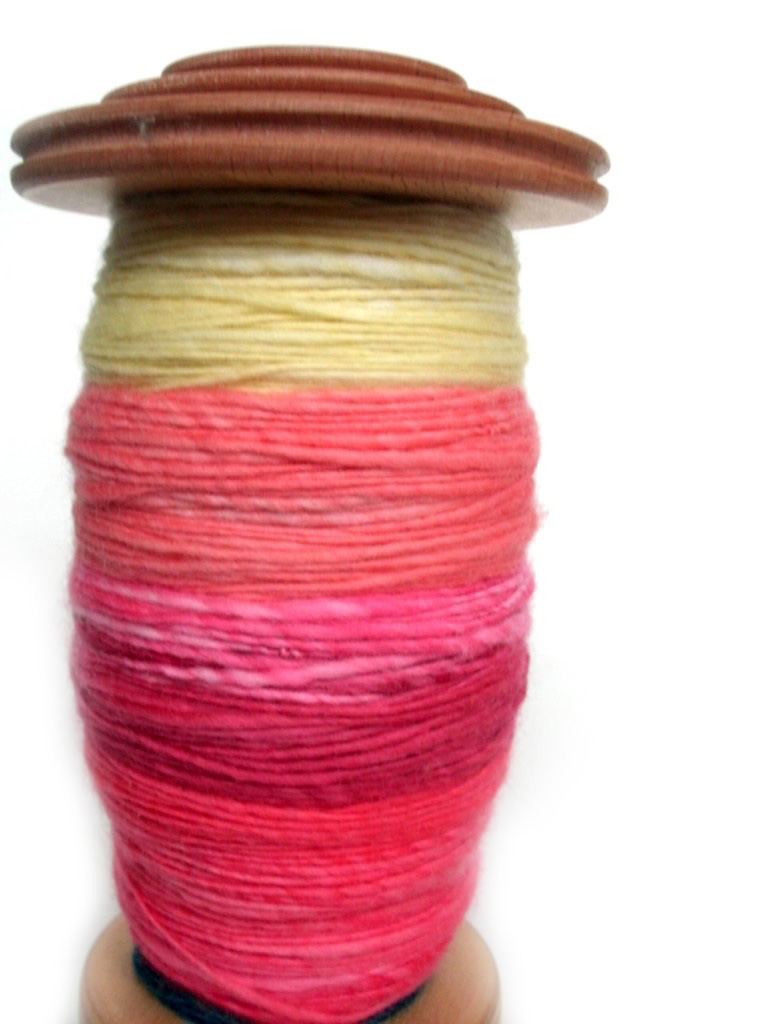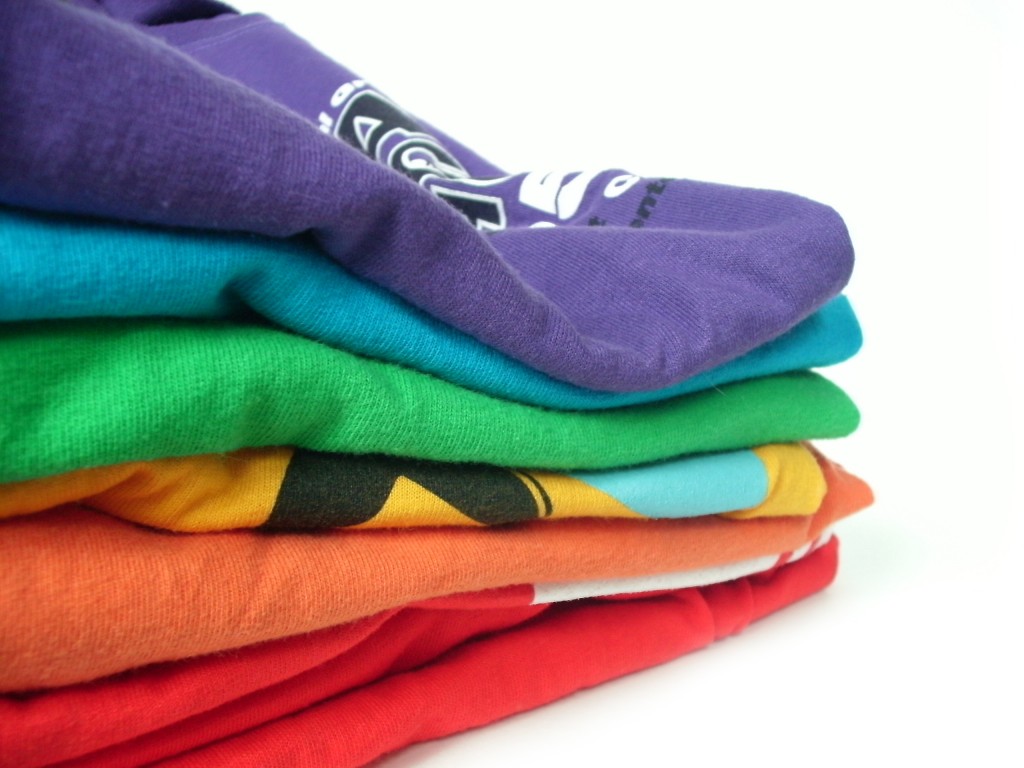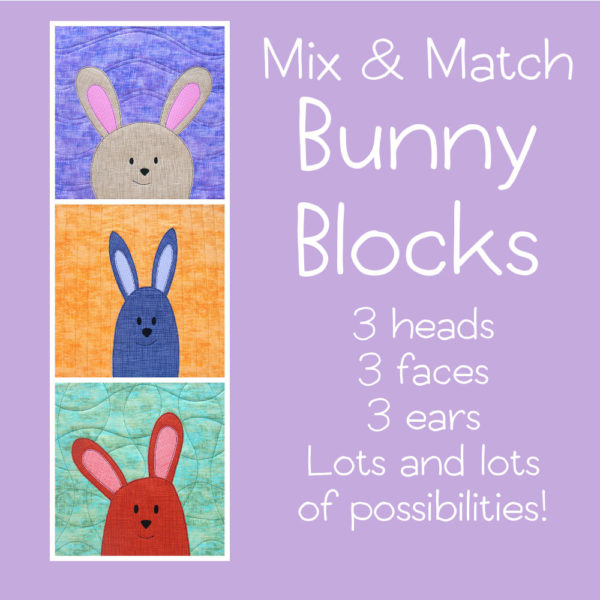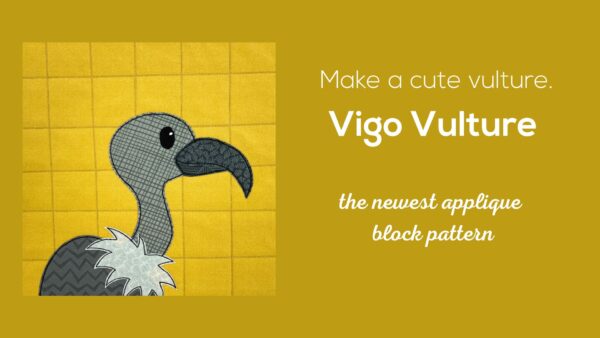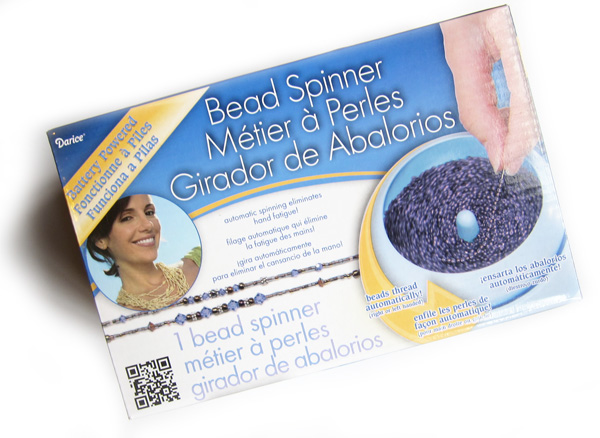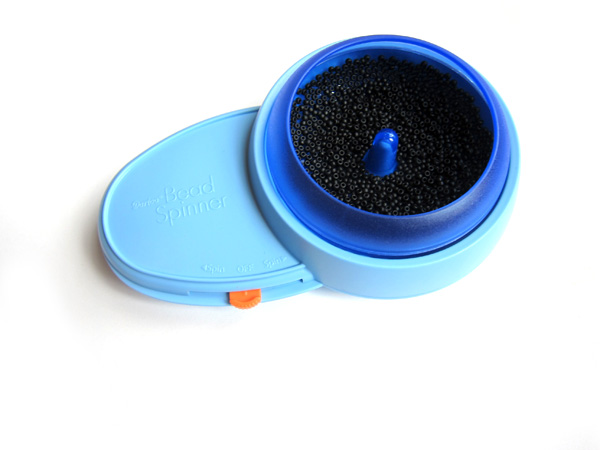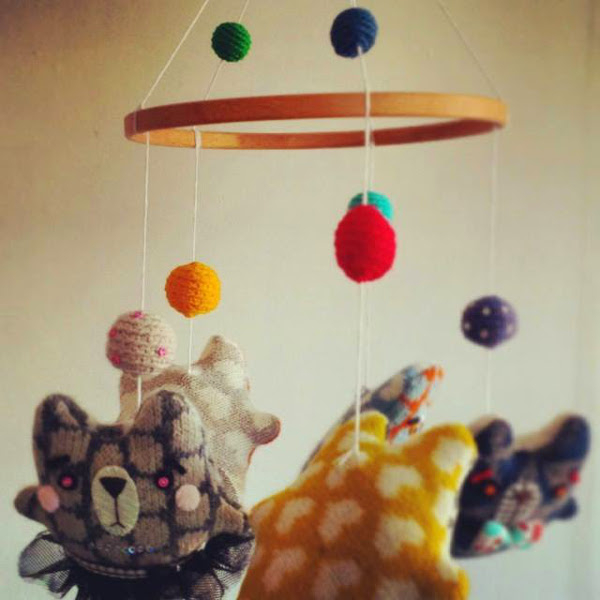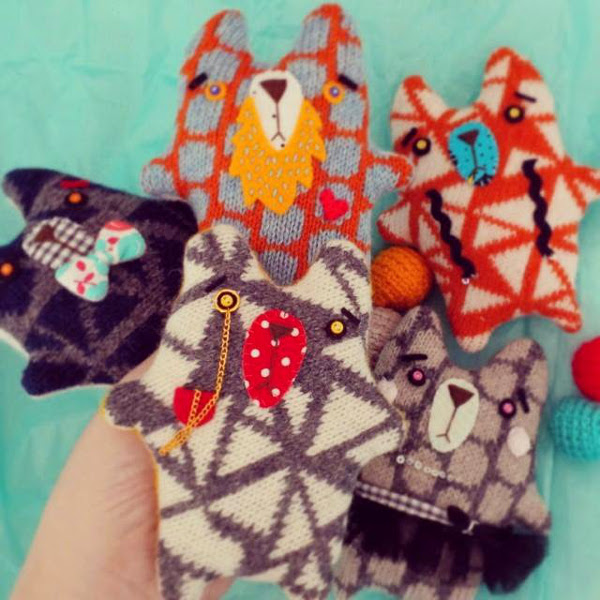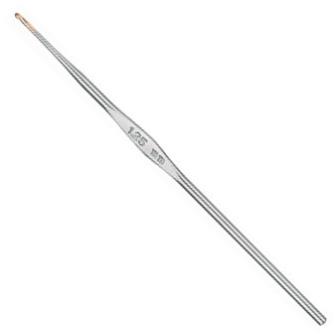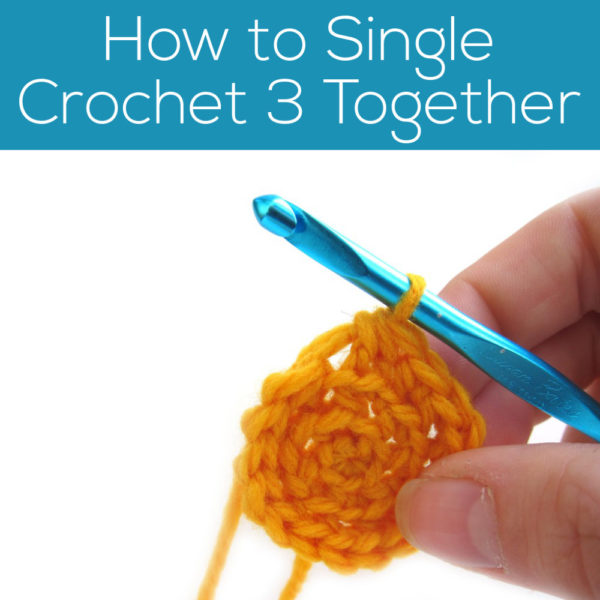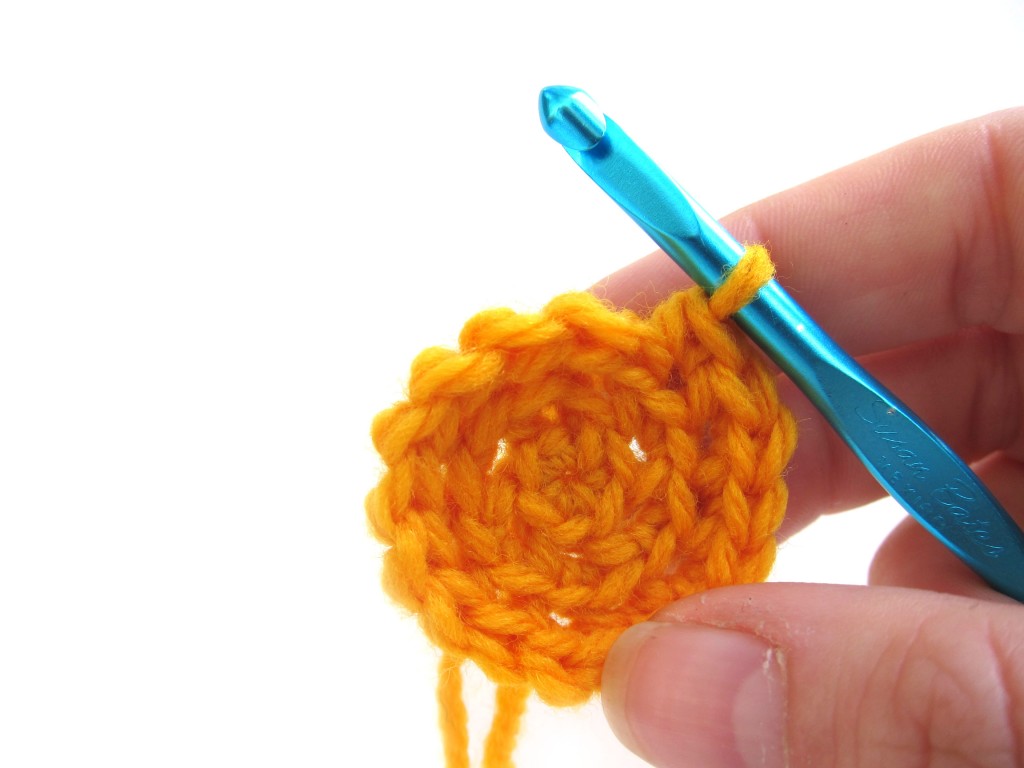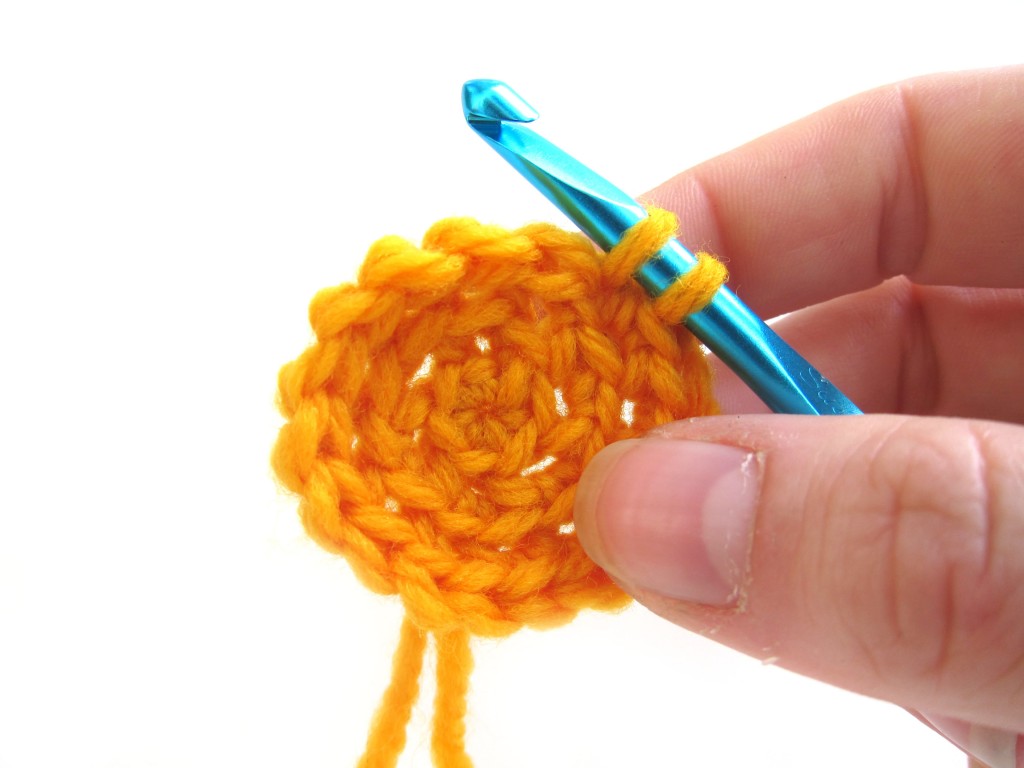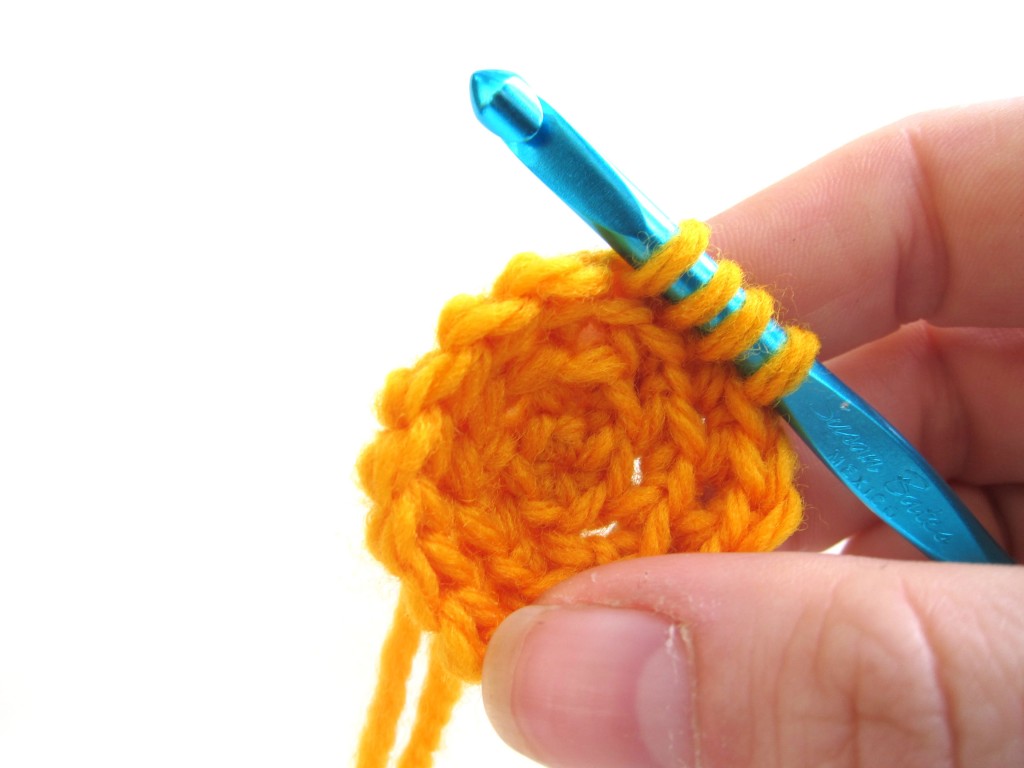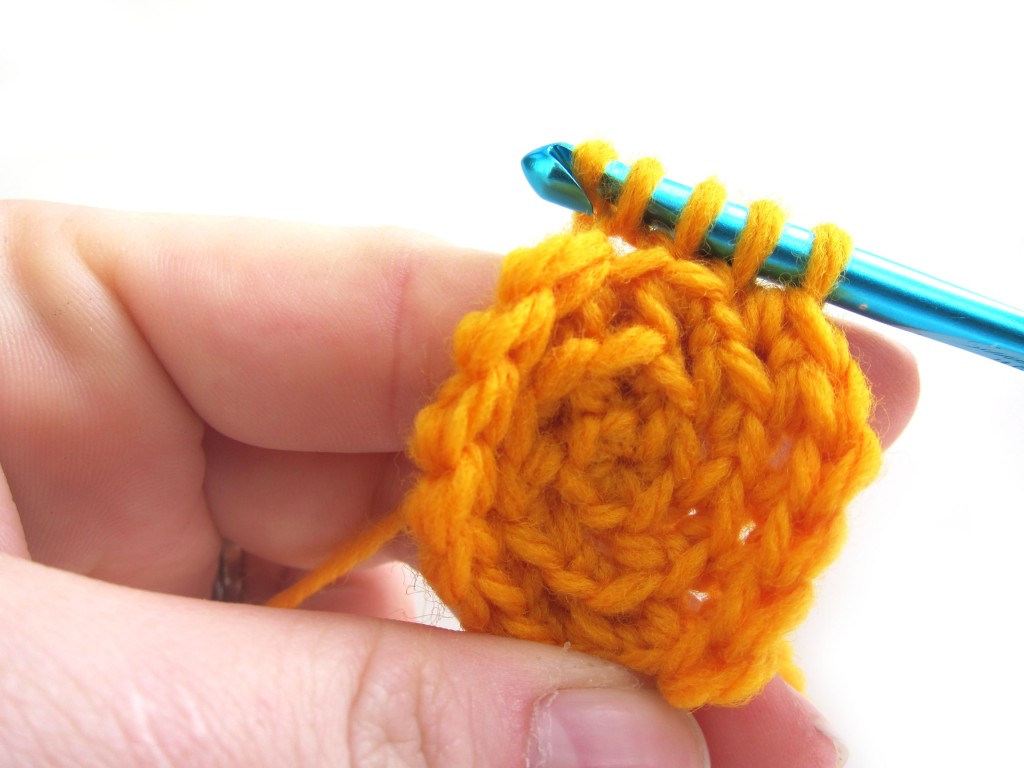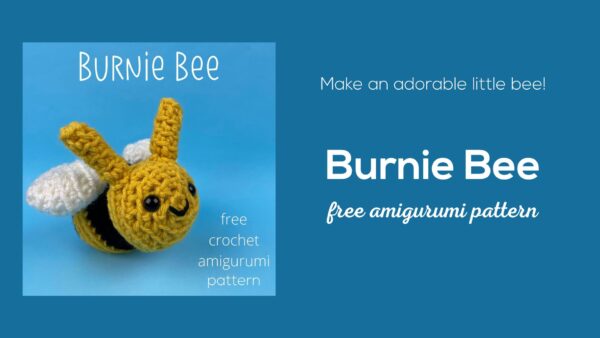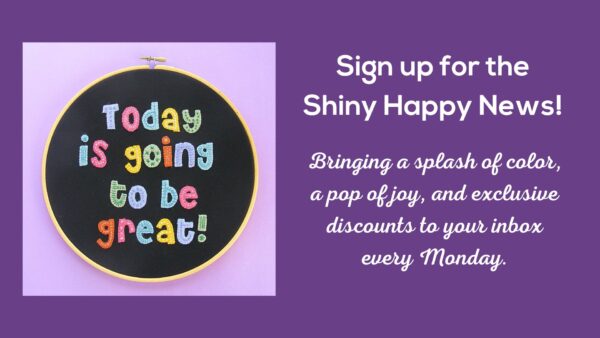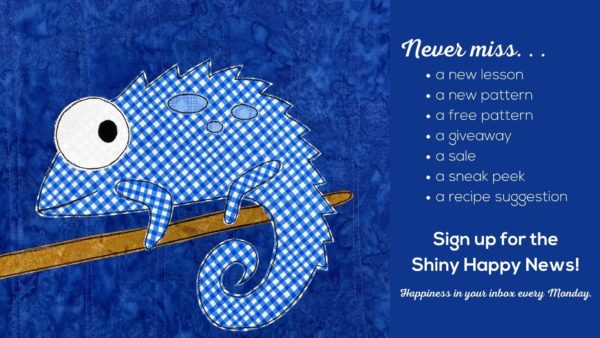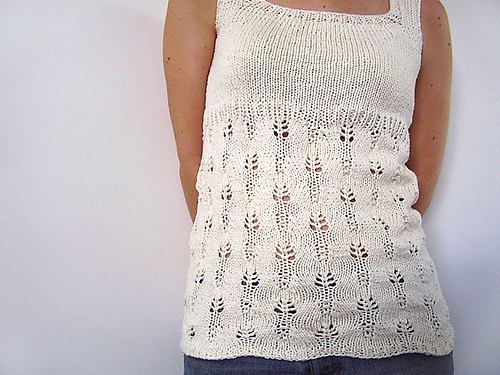I have so many Show & Tell photos waiting to be shared that I’m going to have to do this over a few weeks. This week I’m starting with QUILTS. Grab a cup of tea and get ready to enjoy some amazing creations!
Sprinkles doll quilt
Julie made this extra special Sprinkles quilt for her Lizzie doll.

The embroidery! Her name! The flowers with the little button centers! The little drawing of Lizzie! It’s all so incredibly cute!
Pattern: Sprinkles doll quilt (free)
More Sprinkles
Karen made this very pretty Sprinkles quilt.

She writes. . .
I made this for my granddaughter who just turned two in August, for her favorite baby doll. She promptly pronounced it “mine” and took a nap with it! She usually takes some time to warm up to new things, so I was thrilled! Thanks for the wonderful pattern!
I love hearing that!
Pattern: Sprinkles doll quilt (free)
Puppies Quilt
Donna also added a name to her quilt. Look at the incredible Puppies quilt she made!

She writes. . .
I still have to sew down the binding, but couldn’t wait to show and tell. The quilt is for baby Jake and the pillow for his big bother….. The dog on the pillow is commenting on what a great big brother Luke is! Thanks for another great pattern. Oh yes, you may notice one of the dogs is actually a Canadian beaver… Lol… there is a reason for this. 🙂
Everything about this is incredibly cute! (Including the adorable beaver in the middle.)
Pattern: Puppies quilt pattern
Another Puppies Quilt
Look what Janette made for her grandson!

She writes. . .
I love your patterns and thank you for making them so much fun. I have made a play mat for my grandson who loves the faces of the dogs.
I love how they’re all shades of blue, green and yellow – with that one bright red bulldog. I wonder if her grandson makes a beeline for that one every time. 🙂
Pattern: Puppies quilt pattern
And Another Puppies Quilt
I just love seeing all the different color combinations in these puppy quilts! Here’s one from Sue in Australia.

So bright and fun! And I love all the geometric backgrounds – dots and checks and chevrons. They contrast so well with the puppies! And the addition of the Kind Charles Cavalier Spaniel right in the middle is great. 🙂
Pattern: Puppies quilt pattern
Cats Quilt
Delta made a very pretty Cats quilt.

I’m so glad she shared the pieced back too!
Pattern: Cats quilt pattern
Another Cats Quilt
Louise made this bright and cheerful Cats quilt.

She writes. . .
I had never used fleece on the back it worked like a dream! I used a hem stitch so that it was somewhat wide and crossed over the seam. It made such a nice checkerboard on the back. We also found the perfect binding with bright colored squares.
Here’s a close-up of that stitch she used on the seam.

I really like this idea and I think I’m going to have to give it a try!
Pattern: Cats quilt pattern
And Another Cats Quilt
Look at this absolutely stunning Cats Quilt that Kay made!

Wow! Wow! Wow! I love those crisp black outlines! And look at the outline versions of the cats on the yellow blocks on the back! Wait until you hear why she did that. 🙂
Kay writes. . .
Thought I would email my new “Cat” Quilt that I have just finished for you to have a look at. This is the first time I have done machine applique and I really enjoyed playing around with these little guys. When I was putting the yellow blocks together I realized that you could see the black applique stitching through the fabric, so I just decided to do black outline on the backing fabric. I am now looking forward to starting on my “Puppy” Quilt. I think this one will be in girly colours of pink, mauve, green. I am so happy that I found “My Shiny Happy World” on the internet. I love watching your lessons and receiving your emails and updates.
This is so bold and graphic and fantastic! And I love what she did with those yellow blocks. What a great way to turn a “mistake” into an asset!
Pattern: Cats quilt pattern
Cats and Dogs Living Together
Melinda made this terrific quilt for her animal-loving family. She combined blocks from the Cats and Dogs quilts. I love when people do that!

Patterns: Cats quilt pattern, Puppies quilt pattern
Thick & Thin Quilt
Jane made this beautiful Thick & Thin quilt!

She writes. . .
I made your quilt. Although you can’t tell from the horrible image, it’s stunning. I love it! Your pattern was easy, fun and very concise. Thank you so much. My granddaughter will have this treasure for a very long time to come.
I’ll bet she loves it!
Pattern: Thick & Thin (free)
Embroidered Quilt
Look at the beautiful doll quilt that Loretta made for her daughter!

She writes. . .
I just finished this little quilt for my 4 year old daughter’s dolls. Thought I’d share. I stinking love it!! I know you are not doing embroidery patterns any more for business reasons, but my those were my favorites. Thanks for helping me make such a precious thing for my baby girl. I would have never tried this stuff if it wasn’t for your encouraging website and business. I love it!
I love it too! And I know her daughter does. 🙂
Patterns: It’s Raining Rainbows (free), My Heart Is Full (free), Blossom (free) and Queen of Hearts
Safari Quilt
Brett made this stunning Safari Quilt!

She writes. . .
I finished the safari quilt and love how it turned out. I know you are about to redesign this quilt, but I could not wait to finish this quilt. My son loves it and adores all the animals, especially the elephant! I think the gazelle is my favorite!I I tried some fabric colors/ fabrics that you suggested and was very pleased with the outcome.
I love it!
Pattern: Safari Quilt (The new pattern has smaller blocks that will almost all print out on a single sheet of paper.)
Monsters!
Caroline made a super fun monster quilt.

She writes. . .
My monster quilt is finally finished. It’s not the neatest work you’ve ever seen and there’s plenty of folds and tucks despite using a walking foot. But my grandson loves it and so do I. I decided to quilt around each monster, my introduction to free motion quilting. Soon gave that up as a bad joke. The flannelette backing certainly didn’t help it glide. So I pushed and pulled and poked it through the machine till it was all done. Never again. Quilt as you go will be the only quilting I do from now on. I hope you don’t mind, I changed your curly horn monster and also left off the embroidered mouths. I thought they looked better. Thanks for the pattern, I really enjoyed making it (apart from the quilting) I also enjoy your blog.
I love it! All those googly eyes and such fun colors and patterns! And that’s funny about the mouths – Jo likes to leave them off sometimes too. 🙂
Pattern: Scary Squares monster quilt pattern
Spooky Cat
Jo Ann made this great mini quilt with the Spooky Cat pattern!

I love her against the black and white and orange pieced background!
Pattern: Spooky Kitty (free)
Cats Again!
Robin made this fun cats wall hanging as a silent auction item for her local animal rescue organization.

I love the black and white speckled sashing with the bright colors of the blocks!
Pattern: Cats Quilt pattern
A Bunch of Dogs and One AWESOME Cat
Look closely at this quilt that Tina made.

She writes. . .
Well my puppy quilt is done! Took a while, but great fun! I used QAYG and freezer paper. My son requested a cat too – so I included one that he drew – hence the crazy face… Here’s a pic! I never thought I would make a quilt so feeling pretty good!
That cat block in the middle is – hands down – my favorite block in the whole quilt. 🙂
Pattern: Puppies quilt pattern
One More With Cats
Diane made this lovely Cats Quilt for herself.

I love the pastels with just a few pops of chocolate brown. Such a pretty contrast!
Pattern: Cats quilt pattern
And she’s started work on a Safari quilt to hang on the wall of her church’s Sunday school wing.

Totally different color choices! 🙂
Pattern: Safari Quilt pattern
Thanks so much to everyone who shared photos! I’ll be back next week sharing some huggable stuffed animals you all have made!
Happy stitching!
Best,
Wendi

